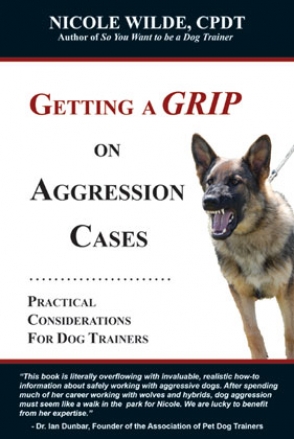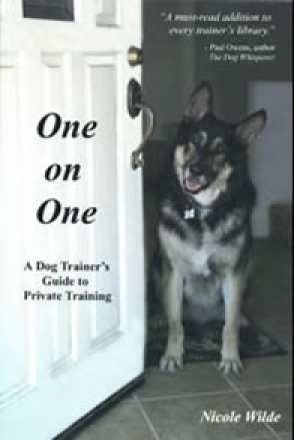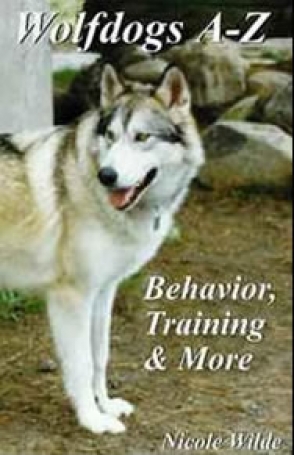Imagine a gentle, non-invasive healing method that can address pain, injury, and illness; speed recovery after surgery; and have remarkable effects on fear, anxiety, aggression, depression, and trauma. Energy healing can do all this and more!
Matchmaker, Matchmaker, Make me a Match...
I recently visited a client who was very concerned about her new puppy, and rightly so. The nine-week-old corgi was an adorable bundle of energy that belonged in a working environment, not a pet home. She was born to be a ranch dog; or perhaps, living in a city environment, an agility dog. What she was not ever going to be was the docile, cuddly fur-child the woman had longed to snuggle with and coo over. It just wasn’t who this rambunctious herding breed pup was.
Within mere seconds of my stepping over the kitchen gate, the puppy launched herself at my pants legs, pulling at them with a surprising amount of tenacity and strength. When verbally reprimanded, she would growl and back off for a split second, then go right back to what she had been doing. When the woman tried to cuddle her, her “sweet baby” squirmed, vocalized, and sank her teeth into the woman’s hand. She showed me a number of tiny scabs that made her look like a human pincushion.
The day before our appointment, the woman had informed me that things were way better since she’d had a talk with the puppy and explained things to her. Lest you think that “had a talk with” is a euphemism for physical violence, let me assure you that this woman is a very nice, kind, non-violent person. In fact, you might term her “soft,” the way you would a dog with a soft temperament. She really did have a verbal chat with the pup. Later she told me she realized that wasn’t really going to solve the problem, but apparently it had seemed, in her mind, to have an effect at the moment.
The puppy had been in the home for just over a week when I saw her. Naturally, the woman was already emotionally attached, the husband less so. There were no kids. But I could see that the woman’s personality and the dog’s temperament were not a good match. This was a dog that my trainer friend who does schutzhund with her German shepherds would have adored. Drive, drive, drive! But she was not a good prospect for a middle-aged woman who just wanted a dog she could cuddle with; it was a mismatch from the start.
I was straightforward about my opinion. Because the pup had come from a breeder, and the breeder was willing to take the pup back and give her one with a softer temperament, that is what I suggested she do. It’s not that behavior modification couldn’t have solved some of the issues, or at least lessened them; but this was going to be a lifetime project, likely to worsen (and possibly become a more pronounced aggression issue) when the dog hit adolescence. Should the woman struggle through the next 15 years with this dog out of a sense of duty or guilt? I don’t think so. The pup was still young enough to be placed into another home, and the woman deserved the calmer companion she had envisioned.
It’s easy to understand emotional attachment from an owner’s point of view, even when a dog behaves in ways that are completely unacceptable. Trainers who handle aggression cases often see dogs who have inflicted puncture wounds, sometimes multiple ones, and are still living at home because the owners love the dog so much. Yes, behavior modification is possible. Yes, there are many, many success stories of modifying the actions of dogs who have demonstrated violent behavior. But there are also many dogs who should never have stayed in the homes they were in because they presented such a threat to others. In particular, homes that have children should not also include a dangerous dog. Management—keeping everyone safe by managing the environment—is never going to be 100%. Life happens, especially when there are kids involved. Doors get left open. Gates are left unlocked. Sooner or later, someone is going to get hurt. And sometimes the danger is not to the people, but to the dog. I have visited homes where kids were kicking, pulling at, and doing everything short of torturing the dog. In those cases the dog needed to be rehomed, for its own safety.
I don’t mean to suggest that trainers should waltz into a home, declare, “Eh—not the perfect match” and casually advise the owner to give up the dog. But just as in any relationship, sometimes things are not meant to be. If a human partner were a bad match, the relationship would eventually end. If one person were being physically violent toward another, particularly if there were kids involved, the parent would take the necessary steps to protect the children.
Although it can be difficult, we must take a step back from the emotional aspects of these situations and make recommendations based on what is best, and safest, for everyone involved. Of course, a dog that bites has very few options. Unfortunately, that mythical ranch where dogs can forever run free, regardless of bite history, doesn’t exist. As far as rehoming, there’s not a long line of people waiting to adopt a dog who bites. Sometimes the options are not pretty. But we can stack the odds in our favor from the beginning to give dogs and people the best chance at a happy life with an appropriate companion. Finding a knowledgeable breeder who understands the pups’ temperaments and makes good matches with prospective owners; taking a trainer along to the shelter to temperament test potential adoptees; doing research on the breed and how it fits with your lifestyle; these are all things that can help to make a good match from the start.










